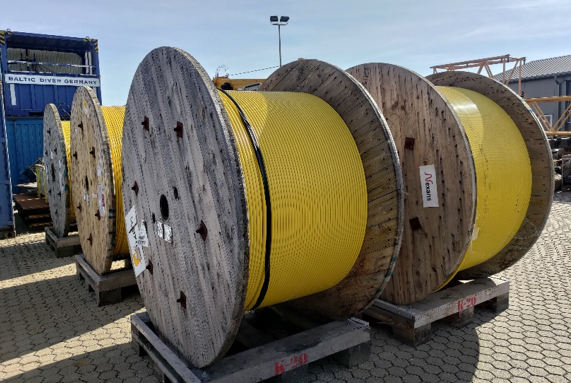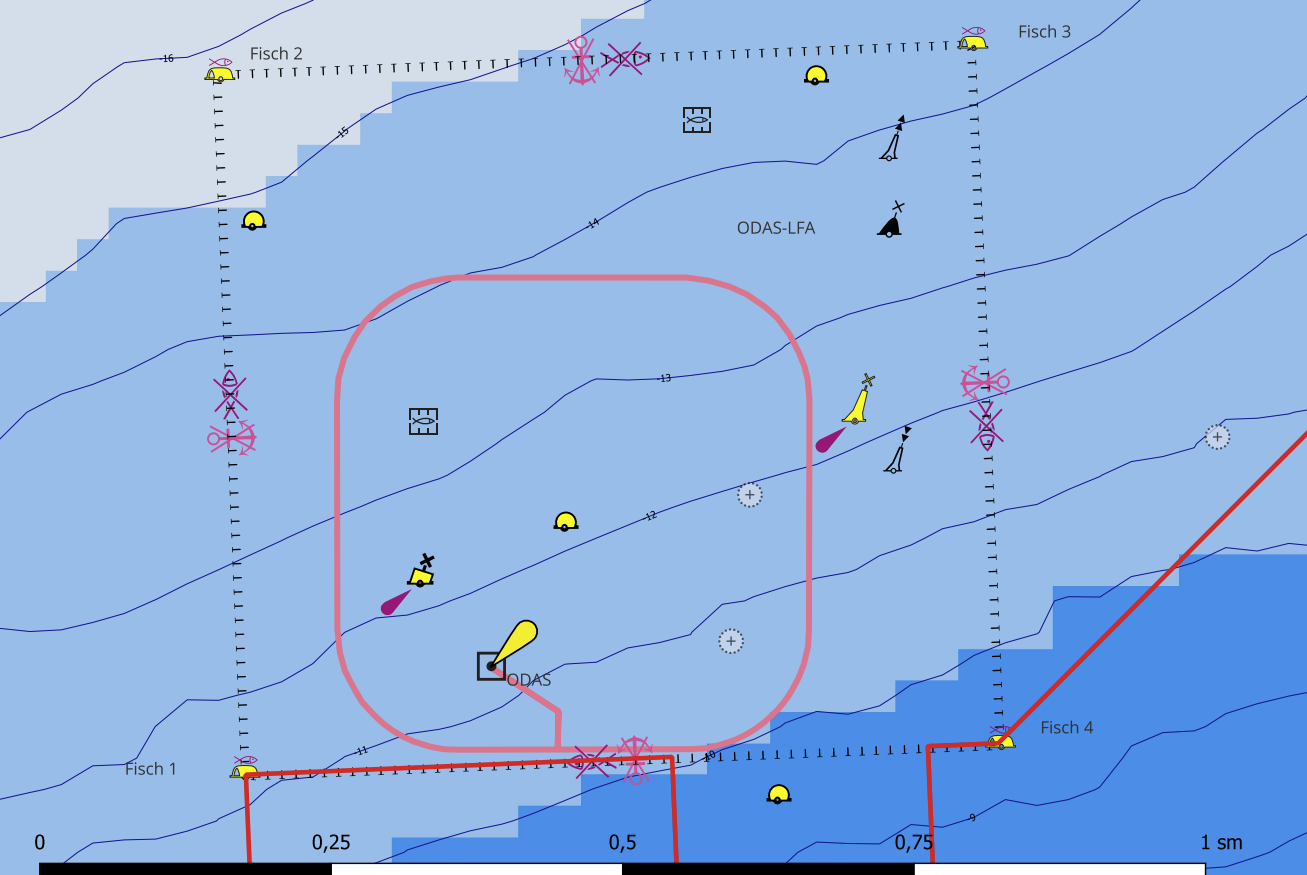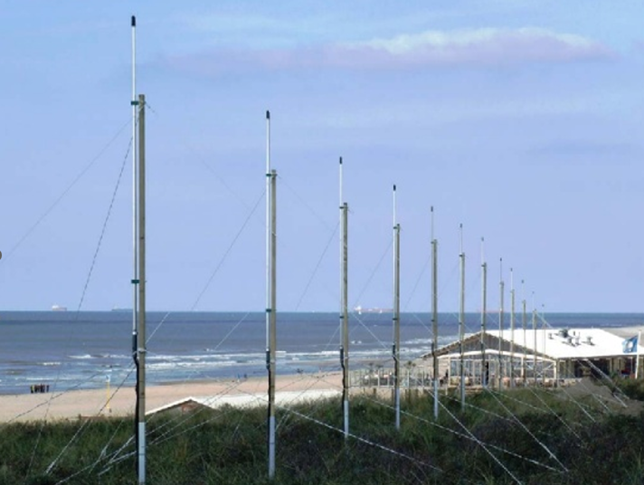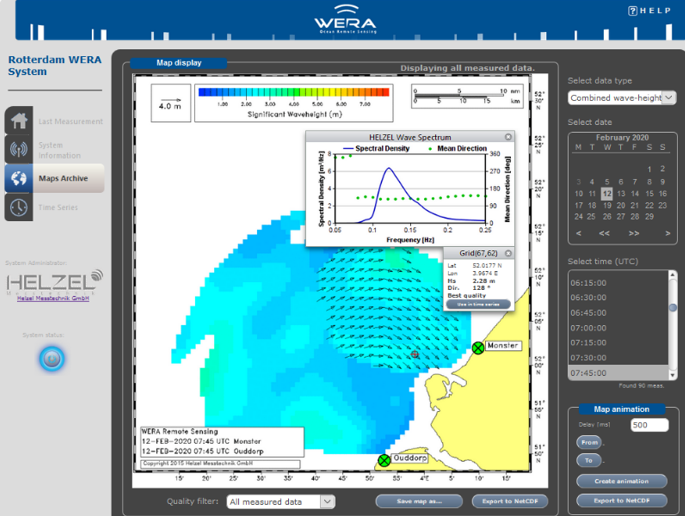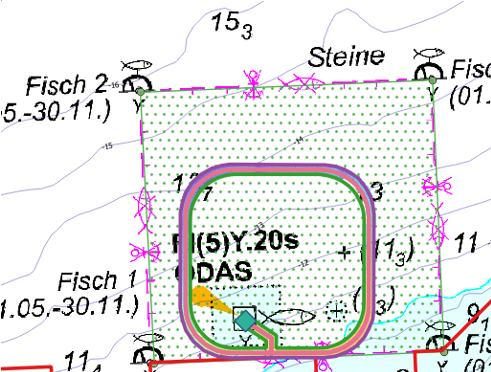Maritime Area Surveillance at the Digital Ocean Lab
The Digital Ocean Lab operates a sophisticated array of technologies for real-time monitoring and surveillance of maritime areas. These systems are designed to enhance situational awareness, support maritime safety and facilitate research on vessel traffic and marine environment interactions. By integrating fiber-optic sensing, coastal radar and Automatic Identification System (AIS) tracking, the lab provides a comprehensive approach to maritime monitoring.
Applications and Use Cases
- Maritime Safety and Security
- Real-time surveillance from DAS, coastal radar and AIS enables early detection of potential security threats, including:
- Unregistered or suspicious vessel movements
- Collisions, grounding or illegal fishing activities
- This capability enhances situational awareness and facilitates coordinated response efforts with authorities and stakeholders.
- Real-time surveillance from DAS, coastal radar and AIS enables early detection of potential security threats, including:
- Vessel Traffic Management
- Integrated data from AIS and radar systems supports efficient vessel traffic management, particularly in areas with high shipping density.
- The system helps optimize shipping routes and reduce navigation risks, improving the safety of marine transport.
- Environmental Monitoring
- The DAS system is capable of detecting underwater noise pollution, enabling researchers to assess the impact of vessel traffic on marine ecosystems.
- Coastal radar and AIS data also contribute to studies on the relationship between oceanographic conditions and vessel navigation patterns.
- Research and Oceanographic Studies
- The WERA radar provides detailed measurements of surface currents and wave dynamics, supporting research on coastal processes and sediment transport.
- The fiber-optic DAS system enhances studies on subsea infrastructure, marine noise mapping and seismic activity.
- Marine Infrastructure Protection
- The DAS system’s continuous acoustic monitoring allows for the early detection of disturbances near critical infrastructure, such as:
- Undersea cables
- Pipelines
- Offshore platforms
- This capability helps prevent damage by alerting operators to potentially hazardous conditions.
- The DAS system’s continuous acoustic monitoring allows for the early detection of disturbances near critical infrastructure, such as:
- Data Integration for Marine Research and Operations
- The combination of acoustic, radar and AIS data provides a comprehensive dataset for multi-disciplinary research and operational planning.
- These systems enable real-time data fusion, offering researchers and operators a complete overview of the maritime domain.
Core Surveillance Technologies
1.ASN Opto DAS (Distributed Acoustic Sensing) with Fiber-Optic Network
- A Distributed Acoustic Sensing (DAS) system utilizing a 3-kilometer-long fiber-optic cable installed around the ODAS platform.
- DAS technology transforms the entire length of the fiber-optic cable into a continuous sensor capable of detecting and localizing:
- Underwater acoustic signals
- Seismic activity
- Ship movements and marine traffic
- Pipeline or infrastructure disturbances
- This system provides real-time acoustic surveillance, supporting early detection of unusual activity and environmental changes.
 Fraunhofer Institute for Computer Graphics Research IGD
Fraunhofer Institute for Computer Graphics Research IGD